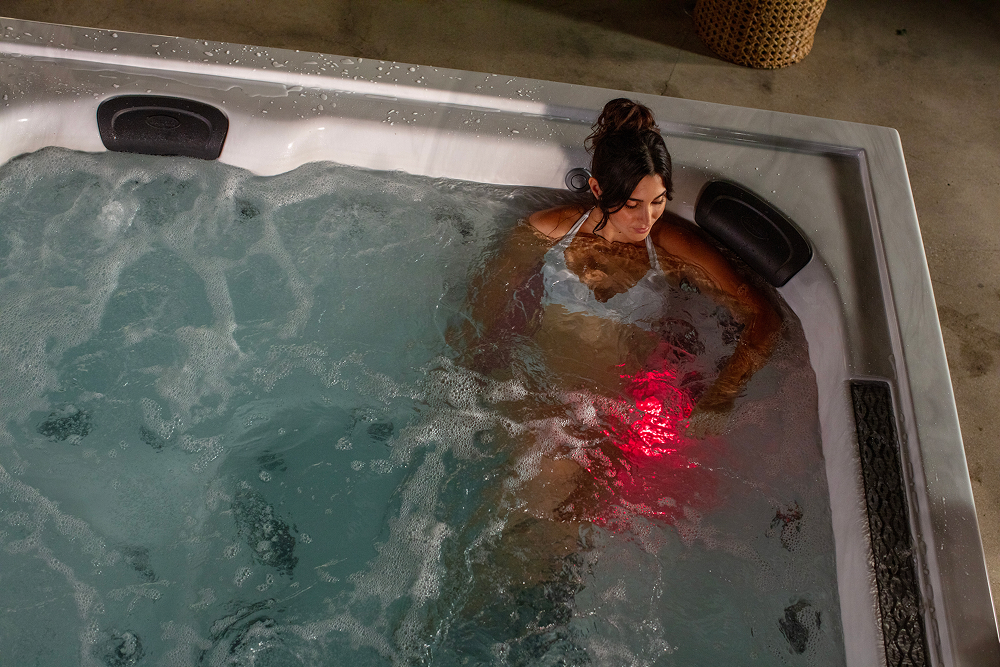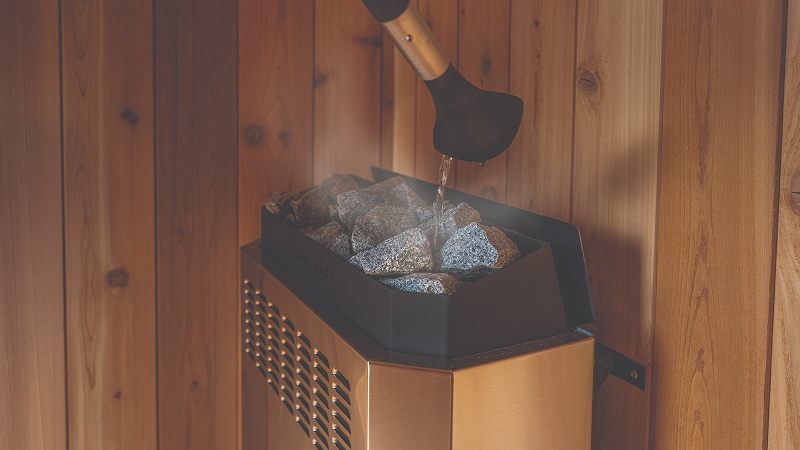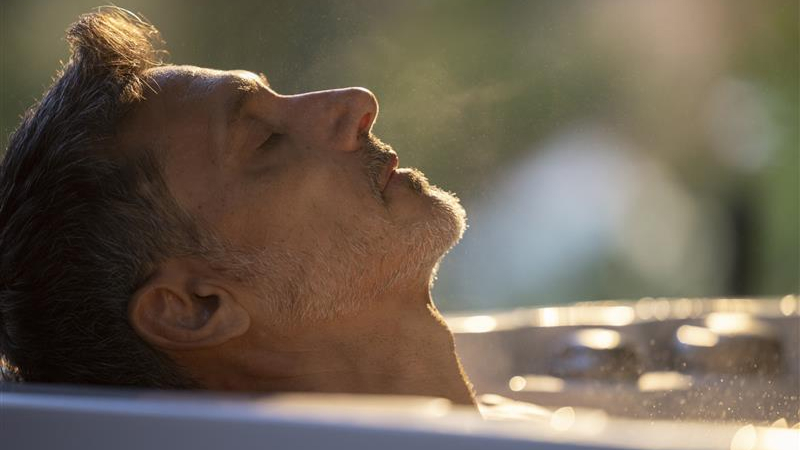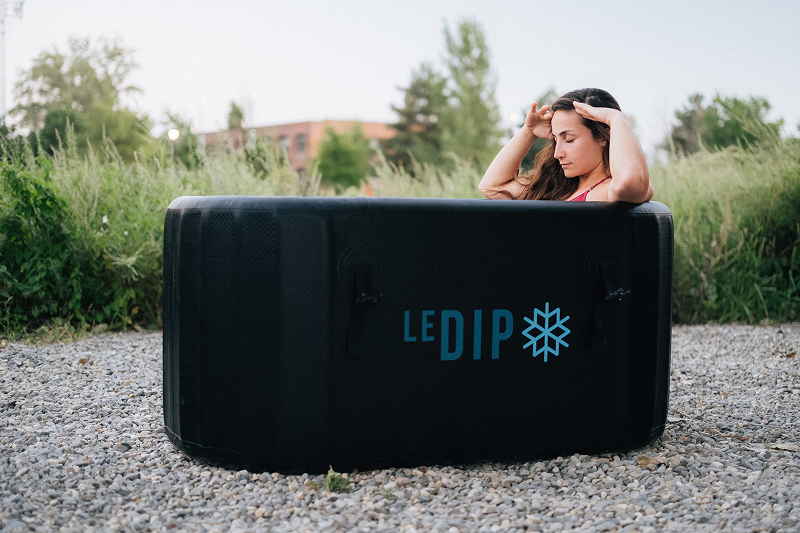Loading...
Loading...


The thermal cycle is experiencing a real surge in popularity, driven by a growing awareness of its remarkable benefits on cardiovascular health and overall wellness. Indeed, this alternation between intense heat, striking cold, and restorative rest offers scientifically proven benefits that transform an ancient tradition into a modern therapy accessible to everyone.
Beyond the simple pleasure of relaxation, this age-old practice now reveals therapeutic potential, validated by decades of research and adopted by millions of enthusiasts around the world.
Absolutely. With a hot tub or a sauna and a cold-water plunge, it is possible to reproduce the complete thermal cycle at home.
The thermal cycle has its roots in ancient Scandinavian traditions, documented since the 12th century. In Finland, this purification practice was codified in the 19th century to become a recognized therapy, integrated into the national culture.
Thermal baths are not limited to Nordic countries. The Roman Empire had already developed a sophisticated system with its public baths (caldarium, tepidarium, frigidarium). In Japan, the “Onsen” baths have practised this thermal alternation for over 1300 years.
Today, the practice is making a strong comeback, supported by scientific studies, the rise of preventive medicine, and a growing interest in wellness and longevity.
Learn more about our hot tubs and saunas to create your own wellness ritual at home.
The first step is based on exposure to intense heat. The Finnish sauna maintains a temperature of 80–100°C with low humidity (10–20%). Hot tubs offer a gentler humid heat at 35–40°C.
The benefits include muscle relaxation, toxin elimination, and better blood circulation. Heat also stimulates the release of endorphins and activates heat shock proteins that help with cellular repair. This phase prepares the body for the thermal contrast by improving vascular flexibility.
Ideal duration: 10 to 15 minutes. Beyond this, the risk of dehydration or overheating increases. Regular users can tolerate it for longer periods, but it is essential to listen to your body
Key differences:


Compare our hot tub and sauna models and find the one that suits you.

Exposure to cold is the most stimulating step. It causes immediate vasoconstriction that redirects blood flow to vital organs. This activates the sympathetic nervous system, releases adrenaline and noradrenaline, and strengthens stress resilience.
How long should you stay in a cold plunge?
Research shows that this step reduces inflammation, stimulates white blood cell production, and promotes fast muscle recovery. The cold plunge also provides an energy boost and mental clarity thanks to the release of neurotransmitters like dopamine.
Discover our portable cold plunge
The rest period completes the cycle by allowing the body to integrate the effects. It generally lasts 10 to 15 minutes.
During this phase, heart rate and blood pressure stabilize, the parasympathetic nervous system takes over, and venous return circulation improves. It is also a crucial time for hydration, to compensate for the body’s water loss.
Ideal position: lying down or semi-reclined, in a calm environment.
Create a complete wellness space in your home.
Recent research confirms that the regular practice of the thermal cycle brings notable benefits by improving blood circulation and supporting overall wellness.
| Aspect | Effects of cold (vasoconstriction) | Effects of heat (vasodilation) |
|---|---|---|
| Blood circulation | Vessel narrowing, reduced peripheral flow | Vessel dilation, increased blood flow to skin and muscles |
| Inflammation and muscle recovery | Rapid reduction of inflammation and swelling after exertion | Accelerates elimination of metabolic waste, relaxes muscle tension |
| Nervous system and mental wellness | Activates sympathetic nervous system → stimulating effect (adrenaline, alertness) | Activates parasympathetic nervous system → relaxing effect (stress reduction), promotes calm and sleep |
| Stress adaptation and longevity | Stimulates cold shock proteins and, promotes resilience to metabolic stress | Stimulates heat shock proteins, helps prevent cellular degeneration and supports homeostasis |
| Immune system | May strengthen innate immunity (white blood cells, NK lymphocytes) | May increase production of immune cells and resistance to infections |
| Cardiovascular effects | Temporarily increases blood pressure, provides vascular exercise through hot/cold alternation | Lowers blood pressure after exposure, and improves endothelial function |
Discover our solutions to create your thermal cycle at home.
To make the most of the experience:
Pro tip: Ending with cold gives an energizing effect, while finishing with heat promotes deep relaxation.
It is possible to adjust the end of the thermal cycle based on the desired effect:
If doing one series:
If doing 2 to 3 series:
Talk to a Club Piscine advisor to learn the best ways to set up your relaxation spacearea at home.
It is important to listen to your body and exit immediately in case of discomfort, dizziness, or nausea.
The thermal cycle represents a natural therapy with scientifically proven benefits for the heart, immunity, and overall wellness. This age-old practice, validated by modern research, offers an effective and natural approach to supporting a healthy, balanced lifestyle.
With a hot tub, a sauna, and a cold plunge space at home, anyone can transform their daily life and enjoy this rejuvenating experience safely.
The thermal cycle improves circulation, reduces stress, strengthens immunity, and promotes restorative sleep.
A cold plunge lasts from 30 seconds to 3 minutes, depending on your tolerance. Beginners start for around one minute.
Yes. Hot-cold alternation promotes muscle relaxation and reduces cortisol, which improves sleep quality.
Certain situations require avoiding or strongly adapting to this practice:
When in doubt, consult your healthcare professional before practising.